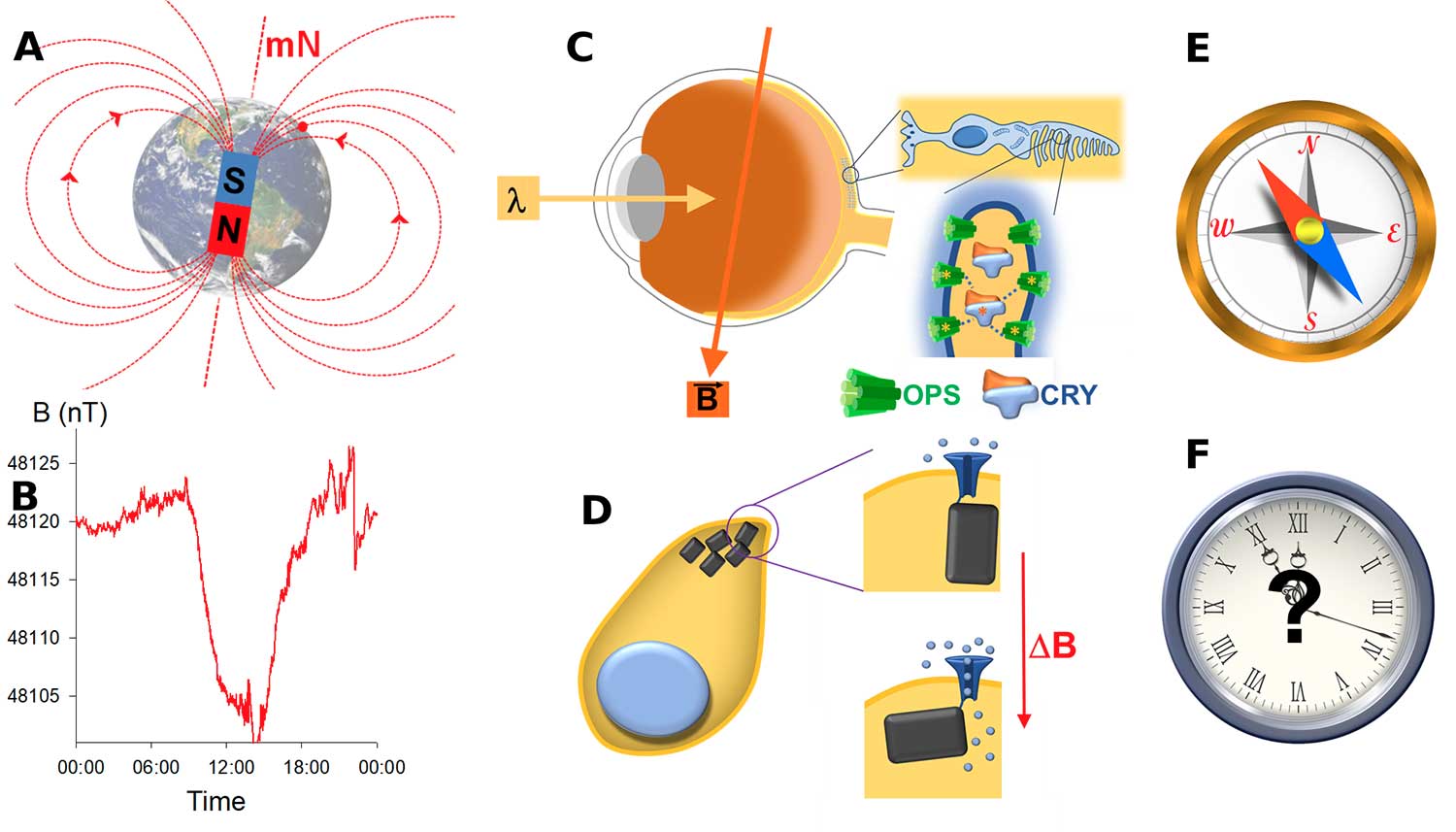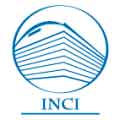Effects of magnetic and electromagnetic fields on circadian rhythms
Hervé Cadiou, Yannick Menger, Guillaume Reho

Presentation
Experiments carried out in the lab have shown a strong circadian time-dependency of orientation behavior in planarians. Furthermore, planarians display light sensitivity especially towards short wavelength and are also able to detect light through extraocular cells. Therefore we intend to use this simple animal model to get new insights in the basic mechanisms of chronodisruption. Our objective is to study the effects of chronic jet-lag and light at night on three planarian rhythmic outputs: locomotor/heading behaviors, melatonin synthesis and clock gene expression.
Most organisms are able to sense the geomagnetic field and this sense is called magnetoreception (Cadiou et al., J R Soc Interface, 2010; Bellinger et al., Proc Natl Acad Sci USA, 2022). Besides to its role in orientation, navigation and in alignment, the geomagnetic field has been proposed as a zeitgeber (Tang et al., Chronobiol Int, 2022) as the following figure shows.

On the other hand, static magnetic fields, radiofrequencies, and extreme low frequencies have been shown to interfere with magnetoreception (Engels et al., Nature 2014) and circadian rhythms (Tang et al., Chronobiol Int, 2022). As planarians are particularly magnetosensitive animals (Reho et al., 2022), they will be used as an animal model to study the effects of magnetic and electromagnetic fields on various circadian rhythms and using the following parameters: i) the locomotor activity and the orientation preference, ii) melatonin production which peaks during the night phase as in most vertebrates, and iii) the expression of the timeless gene that increases during night time. Magnetoreception and its molecular mechanisms is a project funded by a an ANR/DFG grant until 2025 and further funding has been requested to investigate the role of the geomagnetic field as a zeitgeber.

Hervé Cadiou

Yannick Menger









